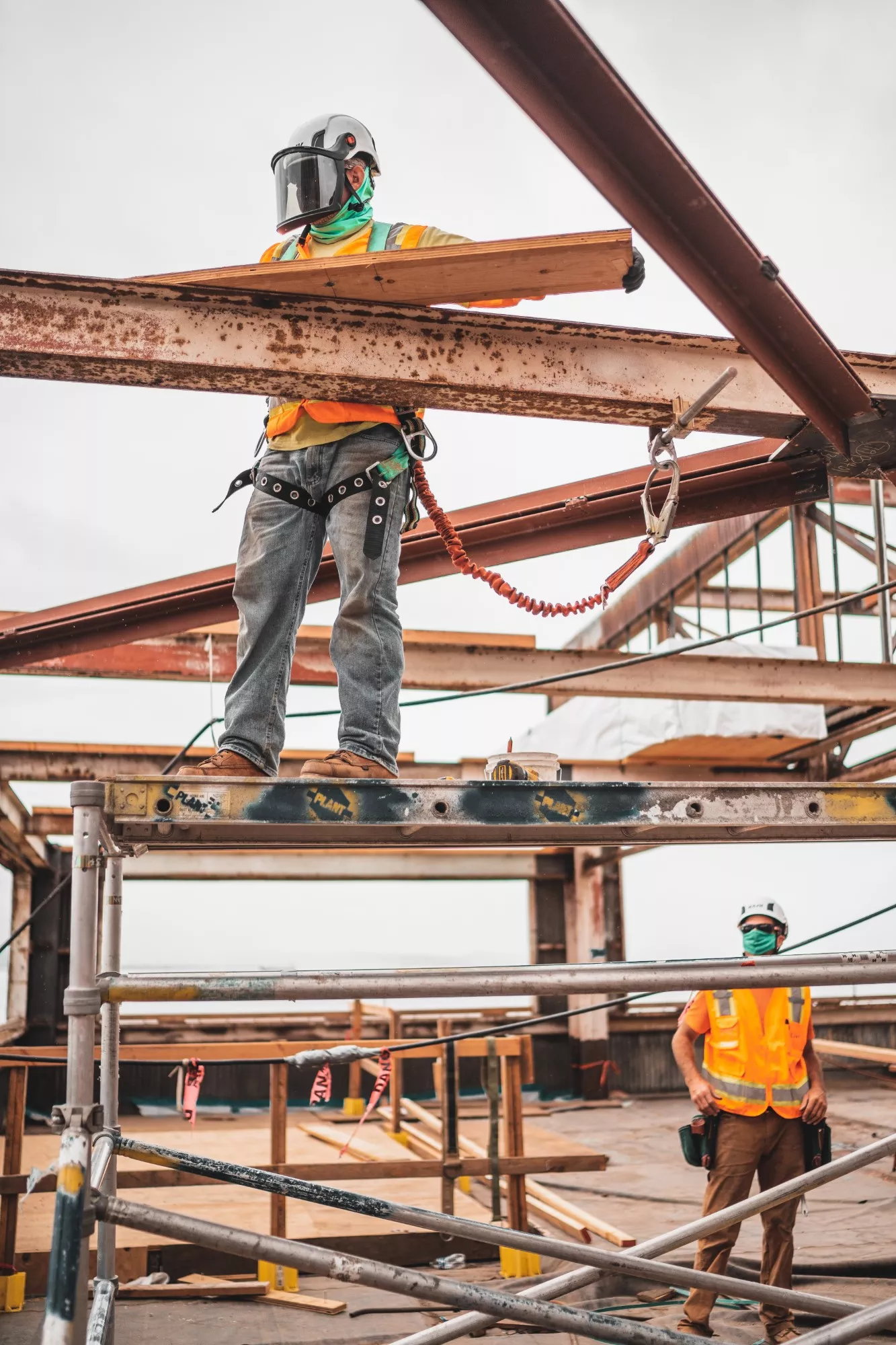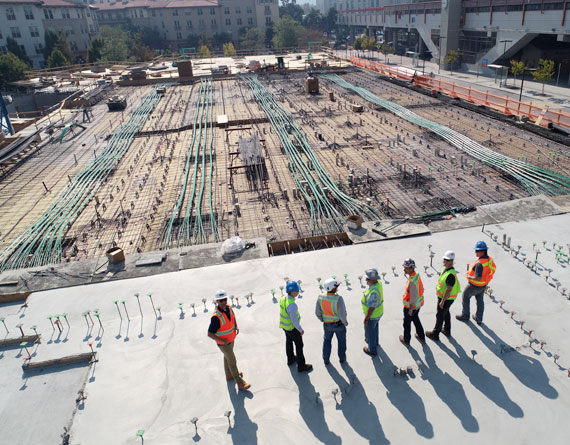Eligibility must be assessed on an activity level, rather than project level. Within a built environment project, there are likely to be some activities that qualify as core R&D activities, some that qualify as supporting R&D activities, and some activities that are not eligible.
BuildIt AU considered its activities against the definitions of core and supporting R&D activities, guidance materials published by AusIndustry and ATO taxpayer alerts.
It self-assessed that the development of the modular, in situ PFAS contaminated water treatment facility, able to treat low volumes/throughput and low concentrations of PFAS contamination, met the requirements to be a core R&D activity because:
- There was limited current knowledge in respect of treating PFAS contaminated groundwater, particularly where the contamination is low and the volume of water to be processed is also low. Existing knowledge is focused on the processing and treatment of high concentration levels and large volumes.
- Knowledge regarding the chemistry of PFAS and how the long and short chain molecules react under various conditions impacting the methods for separation and extraction of PFAS molecules from contaminated water was limited.
- At the time of undertaking the project, statutory guidelines were preliminary and focused only on levels of contamination rather than the treatment processes.
- It can only determine the outcome through a systematic progression of work that is based on the principles of an established science, in this case the fields of mechanical, environmental and chemical engineering.
- It planned to generate new knowledge about the design of a PFAS contaminated water treatment process that is able to remove PFAS contamination to undetectable levels from low volumes of contaminated water enabling the groundwater to be returned safely to the environment.
BuildIt AU assessed that other aspects of the project including project management, technology research, laboratory and small scale testing, groundwater sampling and analysis and the development of treatment prototypes to evaluate results could be registered as R&D activities. These tasks were all within the skills and experience of the company, however, they were directly related to the core R&D activity and the experiment could not be carried out without them.
Additional activities carried out during the project such as full-scale treatment of all site contaminated ground water, construction activities that cause the contaminated ground water to be released, broader environmental survey and analysis, assessment of the full extent of contaminated groundwater to be treated did not meet the definitions of core or supporting R&D activities.
BuildIt AU engaged third party experts to assist with the development of the PFAS treatment technologies. BuildIt AU assessed that the activities were undertaken ‘for’ BuildIt AU, as it:
- Bore the financial risk in the activities performed by the contractor,
- Had beneficial ownership of any technology/knowhow generated by the contractor,
- Strictly controlled the activities of the contractor including directing activities to alternative lines of research.



